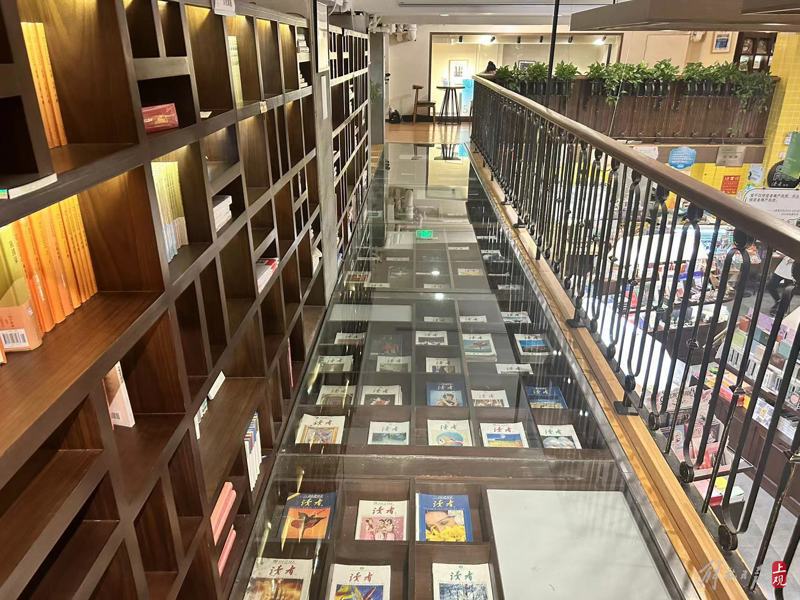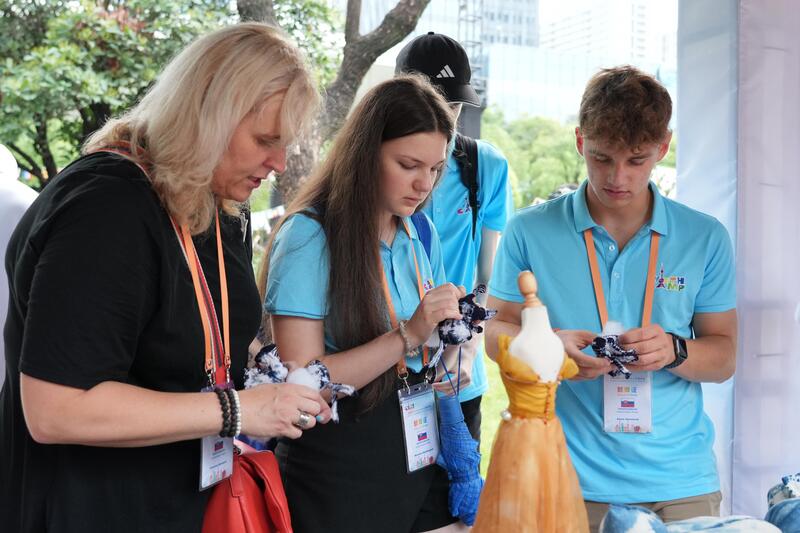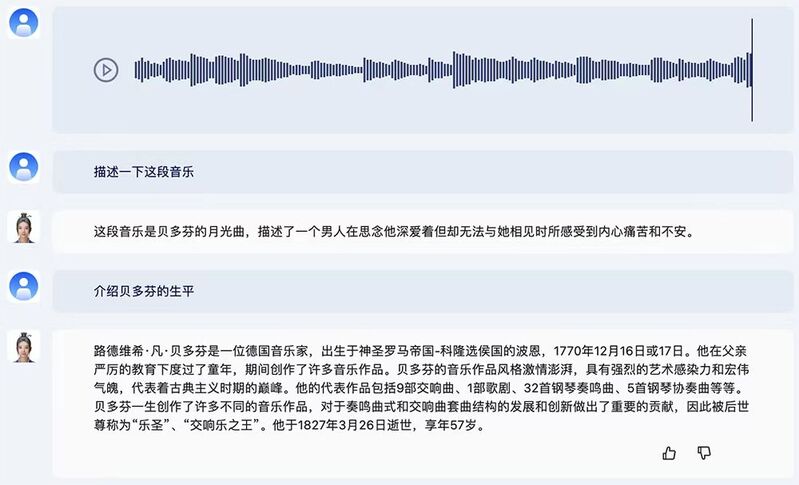Holding the "Luoyang Shovel" to study archaeology, young people explore the Baodun Ancient City, Sanxingdui, and Jinsha Site, from the end of the river to the head of the river
What would you find standing on the ancient city wall 4000 years ago? Gazing at the golden mask 3000 years ago, what would come to your mind? Why is it said that Sanxingdui is a living "Classic of Mountains and Seas"? Students always have various question marks in their minds and begin to search for answers... They explore the roots of Tianfu and ancient Shu at the Baodun site; Witnessing the mysterious treasure of "sleeping for three thousand years and waking up to shock the world" at Sanxingdui; At the Jinsha Site, take a look at the history of Chengdu civilization
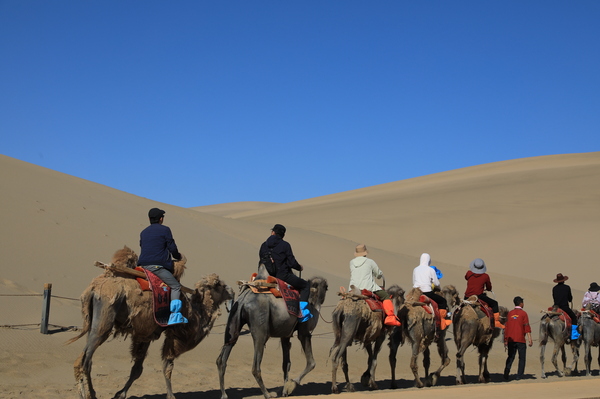
Recently, under the leadership of the Shanghai Municipal Education Commission and the organization of the Shanghai University Basic Education Group, Shanghai University School of Cultural Heritage and Information Management, Shanghai University Museum, Sanxingdui Museum, Chengdu Museum, Jinsha Site Museum, and other universities and social institutions in Shanghai and Sichuan have supported the "Jia+" Museum's series of research activities, namely "Crossing the 'Ancient Shu Kingdom' and Appreciating Chinese Civilization".
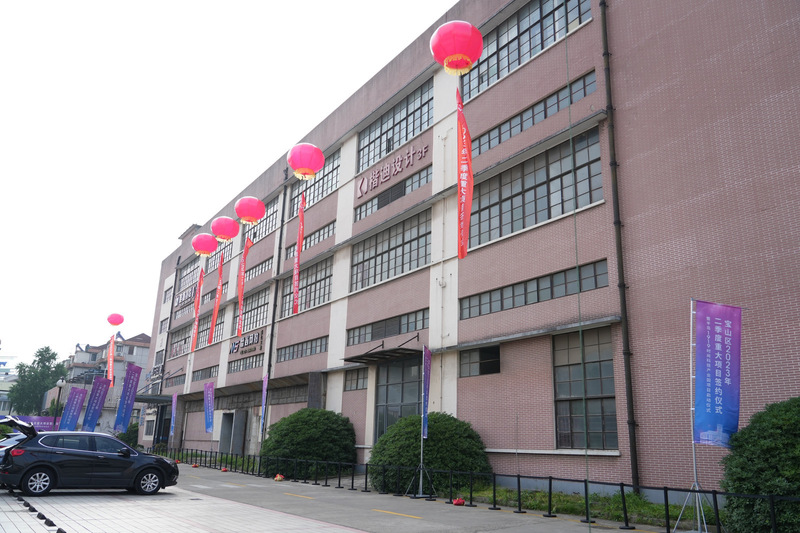
Do enough homework and travel thousands of miles. Xu Feihong, a lecturer at the School of Literature and Information Technology of Shanghai University and the person in charge of the excavation of the 3rd sacrificial pit in Sanxingdui, gave a lecture on the "Big Boss Talk" of Sanxingdui to young people throughout the city. Over a thousand Shanghai students from different stages of primary, secondary, and high school participated through various online and offline channels. Finally, through preliminary rounds, semi-finals, and interviews, 18 outstanding middle and high school students were selected as representatives of youth from various stages of basic education to visit Sichuan for inspection.
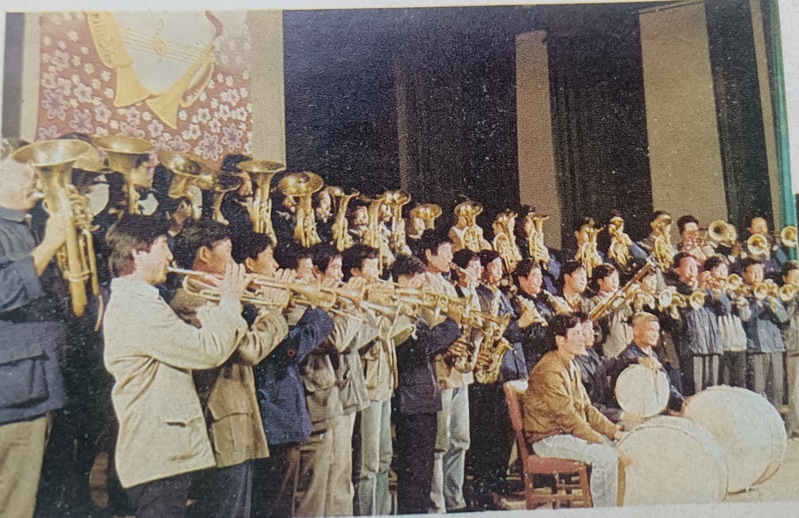
Among them, there are English speaking experts who want to showcase ancient Chinese civilization in the world's languages; Among them, there are modeling experts who use 3D models to restore and restore cultural relics; Among them, there are video enthusiasts who want to establish digital museums and expand the temporal and spatial boundaries between cultural relics and people; Among them, there are also skilled craftsmen who want to create more interesting and meaningful cultural and creative items.
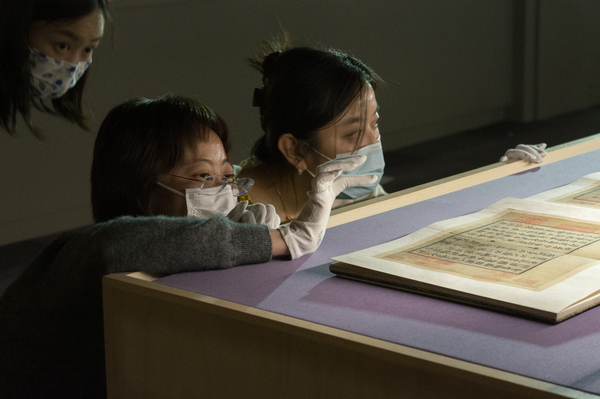
Why did the ancestors living in groups in the ancient city eat and live? What was the earliest form of village? How did the ancient Shu ancestors compete with water? At the Baodun Site Exhibition Hall, research students explore the truth.
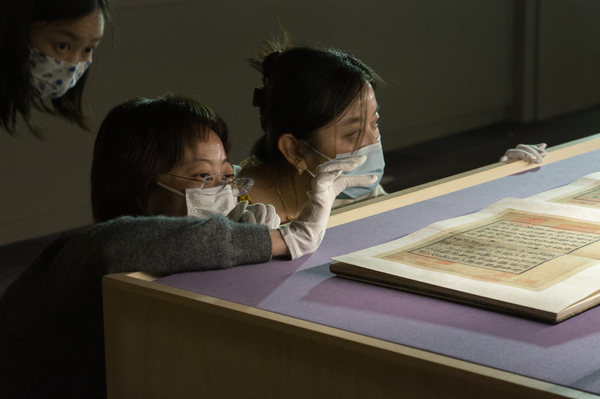
The artificial city walls built on flat ground and stacked on slopes form an ancient city called Baodun Ancient City, which covers an area of approximately 2.76 million square meters. This is the earliest and largest prehistoric city in the Chengdu Plain, as well as the largest prehistoric city in the upper reaches of the Yangtze River. Experts tell students that these city walls are mainly used to prevent floods and protect the development of rice farming economy. Their appearance means that the civilization here has reached a certain height, and the embryonic form of early countries has emerged.

The ancient Shu ancestors left behind too many exquisite and unparalleled cultural relics for the world, as well as too many secrets. Who forged such an exquisite golden mask, and why did the once prosperous Sanxingdui civilization disappear? For this puzzle, the students are searching in the Sanxingdui Museum. They found that the process of archaeological excavation in Sanxingdui was a process of exploration and puzzle solving, and their own research journey was also such a process of exploration, puzzle solving, and experience.

They learn to distinguish the gender of bronze portraits through facial features, infer the ethnicity, function, and status of bronze portraits through crown and hair styles and clothing patterns, marvel at the superb bronze design, casting skills, and jade making techniques of the ancient Shu ancestors, and admire their reverence. They try to connect historical records and mythological legends with the cultural relics before them, and discuss how to combine them with their own research topics
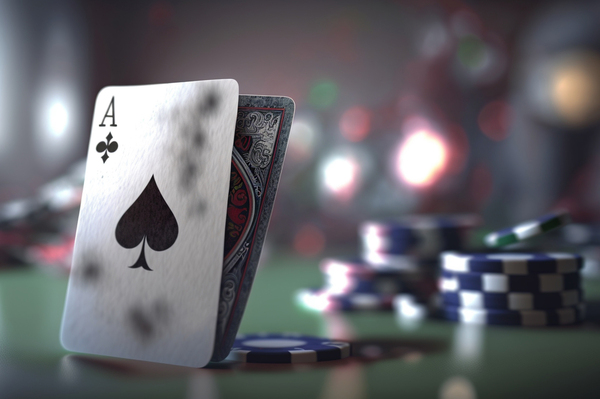
Furthermore, what is the connection between the Jinsha Site and the Sanxingdui Site? Following the development of ancient Shu civilization, students have once again entered Jinsha and continued to knock on the mysterious door of the ancient Shu kingdom. "The large number of cultural relics unearthed from the Jinsha Site not only showcase the splendid culture of the ancient Shu Kingdom during the Shang and Zhou dynasties, but also provide valuable information for us to understand the social life and spiritual world of the ancient Shu people," said a member of the research group.

At the same time, the students also transformed into small archaeologists and experienced "cultural relic restoration"; Simulate the casting process of bronze ware, personally pour "bronze ware", and create your own "blind box"; In addition, I also experienced the ancient legal jade and made exquisite and cute small fish cards.

"There is a large tomb here, everyone come and help dig it." With the shout of the camper, everyone joined the ranks of "digging treasures". This is a scene that appeared at a simulated archaeological site.

At the simulated archaeological site in Baodun, students stood inside the exploration area, holding the famous archaeological tool "Luoyang shovel", eagerly trying out its usage. Cicadas chirp in waves, and students covered in sweat squat in the soil pit, working hard to excavate, or working together in groups of three or five to explore. Each unearthed cultural relic can bring a sense of accomplishment.

The TED group is in place, the Vlog group is OK, the cultural and creative group is complete, and the modeling group is completed... One major feature of the research camp is grouping, dividing students into four groups based on their strengths and the needs of the project. For example, "The Star Language of the World" is the topic title of the TED team. They will engage in a dialogue between the ancient Shu civilization of Sanxingdui and the world through cultural comparison, and use world languages to explain the influence of Chinese civilization, making people realize that there are also similarities between Eastern and Western cultures.
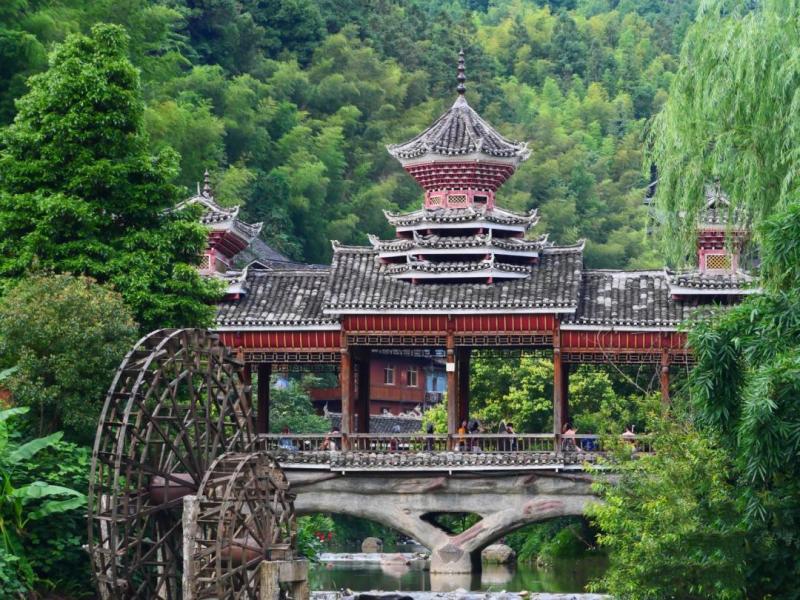
The Jiefang Daily Shangguan News reporter learned that this museum research and learning series activity is one of the sub projects of the Shanghai Municipal Education Commission's "University led Comprehensive Literacy Improvement Plan for Early Childhood, Primary and High School Students". It is carried out by the Shanghai University Basic Education Group in collaboration with the "Let Teenagers Understand China" brand, and high-quality media platforms such as the "New Reading and Writing" magazine under the Shanghai Press Group, the "Oriental Education Times" under the Shanghai Education Press and Publication General Society, and the First Education.

Why is exploring the ancient Shu civilization the first stop of research? On this trip, a friendly agreement was signed with Shisun Street School in Chengdu. Chen Xiaoqian, Executive Vice President of Jiading Liuyun Middle School affiliated with Shanghai University, stated that Chengdu and Shanghai, one located at the mouth of the Yangtze River and the other at the upper reaches of the Yangtze River, have a river cultural heritage that runs through ancient and modern times. "Therefore, to enable Shanghai students to deeply experience the excellent culture of Bashan and Shushui, trace the civilization of the Yangtze River from bottom to top, and continue the exploration of Chinese civilization along the Yangtze River in the future, building a unique brand of research and learning activities."
